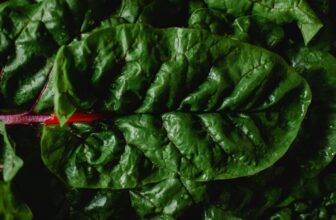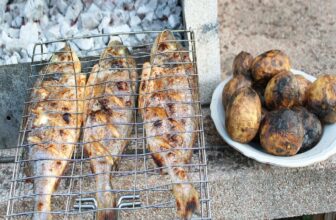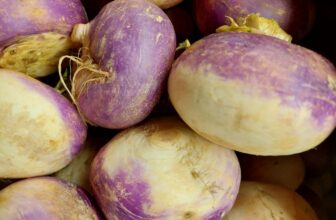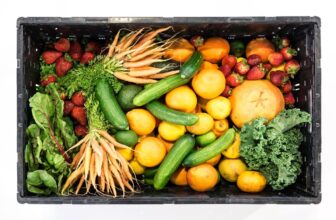
There are still places on our planet where the concepts of “life” and “survival” are equivalent. In such places, two main problems must be solved – the availability of water and food. If the first one can still be dealt with by numerous recommendations of the WHO, the second one has to be solved by one’s means. If there were no such plant as sorghum in the arsenal of African people, for example, people on the African continent would live in extremely small numbers.
General facts
What is interesting about sorghum? It tolerates drought and high temperatures very well. Even during the African dry season, this plant can mature and produce a crop.
Sorghum or broomcorn can grow in soils with high salt content and an overall alkaline reaction. This, again, is extremely useful in times of drought.
Sorghum is believed to have started growing independently in Africa and Asia (and has been called gaoliang there). This explains the huge number of varieties, which differ quite a lot in yield, hardiness, and nutritional value. At the same time, wild and semi-wild precursor plants can still be found.
The nutritional value of sorghum is 323 kCal per 100 grams. It contains a large amount of starch, phosphorus, potassium, and magnesium, as well as vitamins PP, E, and H. Of course, all this is not enough to form a complete diet, but the inhabitants of Africa do not have to choose much.
Planting
Sorghum’s resistance to high temperatures has a downside – it does not tolerate spring frosts at all. In the early stages, it can even kill young plants, and in later stages, it can slow down growth and interrupt the formation of grains. So it is better to grow sorghum in those areas where warm temperatures come early and the probability of sudden cold weather is low. The average temperature should be 12-16 degrees. As practice shows, the end of April or early May is the normal time.
Soil, before planting sorghum, should be prepared in a certain way. You have to remove all weeds that have grown since the beginning of spring up to a depth of at least 20 cm. It is also recommended to make a standard set of fertilizers, especially phosphorus and potassium.
Since sorghum is an industrial crop, many recommend planting it with the help of special seeders and other machinery. We believe that in case of a crisis, we do not have this at our disposal, so we do it this way. We dig long furrows with a depth of 10 cm, where we put a few grains at an interval of 45 cm. The width between individual rows should be at least 60 cm. It is advisable to increase this distance if the field is actively clogged with weeds to facilitate weeding in the future. It makes no sense to bury the seeds deeper, and it can be done only if the soil is sufficiently moistened.
Care
The first sprouts appear in two weeks. Immediately thin them out, leaving one plant at a time. The fact is that sorghum is very bushy, so it is necessary to be sure to observe some intervals. At this stage, you can additionally add small doses of nitrogen and phosphorus fertilizers. Watering is now extremely important, as well as compliance with the temperature regime. If everything is well, in 4 weeks the plant enters the stage of “five leaves”.
At this stage, you can already use fertilizers to the fullest. It is also at this stage that weeding should be carried out. If everything goes well, then by the end of June, “brooms” begin to appear on the plants. It is at this point that you need to provide it with additional protection from parasites and pests like aphids and various bugs. Fortunately, two weeks after the brooms are formed, they acquire a natural protective layer, so it gets easier from there.
Harvesting
In total, 90 to 120 days pass from the moment of the emergence of seedlings to the beginning of the harvest of sorghum.
Harvesting is carried out manually – brooms are cut and put aside for drying. As practice shows, the yield of sorghum ranges from 20 to 100 centners per hectare, depending on its type. There is also silage, the amount of which can reach several tons per hectare, again, depending on the variety.
Conclusion
In conditions of consistently high temperatures, lack of water for irrigation, and dry and salty soil, sorghum is the only way to get at least some yield. If these problems are solved, the crop will be only slightly worse than other types of grains. Stay safe!




